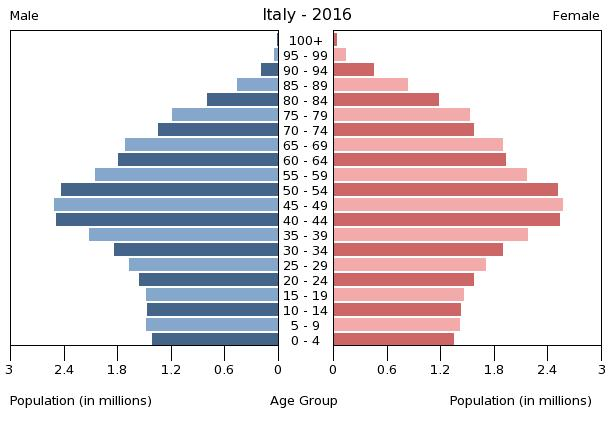In this special report, Vaccines Today looks at how Italy developed and implemented this ground-breaking immunisation schedule, with interviews from experts and public health officials.
Demographic trends reveal Italy to have one of the oldest populations in Europe. Keeping citizens healthy by investing in preventative measures is appealing from a social, scientific and economic perspective.

Italy’s population is among the oldest in Europe while its dependency ratio is one of highest.
In 2012, four well-established Italian scientific societies published a Calendar for Life (Calendario per la Vita). This evidence-based schedule not only featured a comprehensive list of vaccines for infants, but also included vaccines for adolescents, pregnant women and older people. The Calendar for Life, which was updated in 2014 and 2016, was instrumental in changing attitudes to vaccination. When the National Immunisation Plan (NIP) was drafted, the calendar was a source of evidence and inspiration.
Despite some structural hurdles, notably the role of regional authorities in delivering vaccines, Italy successfully navigated the complex task of implementing a radical new NIP. The industry provided technical advice when requested and took part, with others, in public awareness campaigns. For its part, the media was generally sympathetic to the government’s efforts to enhance immunisation coverage, particularly as ongoing outbreaks of vaccine-preventable disease were reported.
Key officials and politicians were strong advocates of the new approach to immunisation. One of the most significant political decisions was the inclusion of the Plan in the Livelli Essenziali di Assistenza (LEA) – a list of essential services that must be made available to all residents free of charge.
Implementation of the new NIP began in the spring of 2017 on a phased basis. By 2019, all regions will offer the full list of vaccines included in the Plan. Targets for vaccine uptake and a new national vaccination registry are also included in the NIP.
Italy’s experience may provide valuable insights for other countries considering an overhaul of their immunisation schedules and marks an important milestone in the shift towards life-long immunisation.
1. CIA. The World Factbook https://www.cia.gov/library/publications/the-world-factbook/geos/it.html (accessed 25 May 2017)




